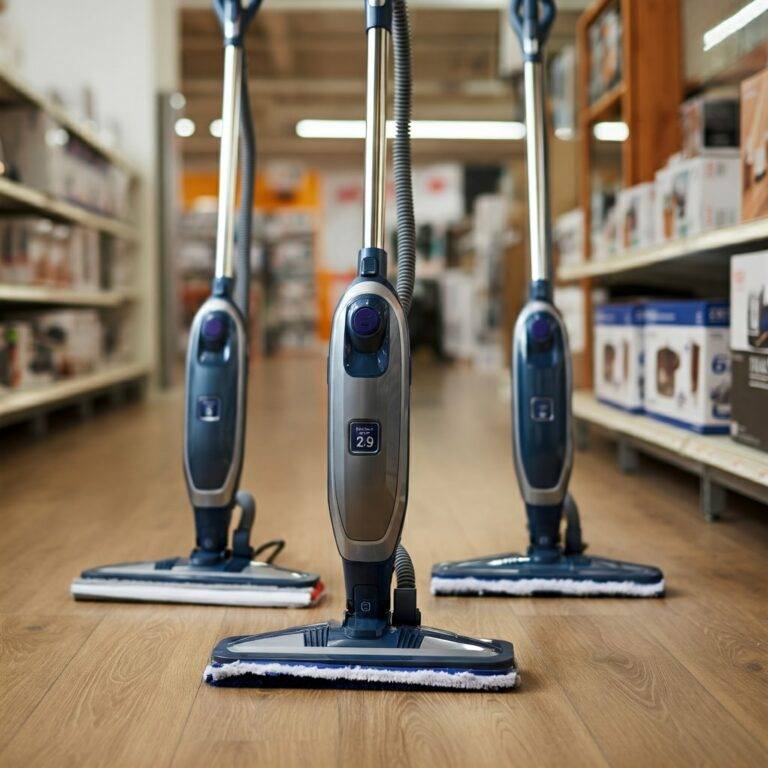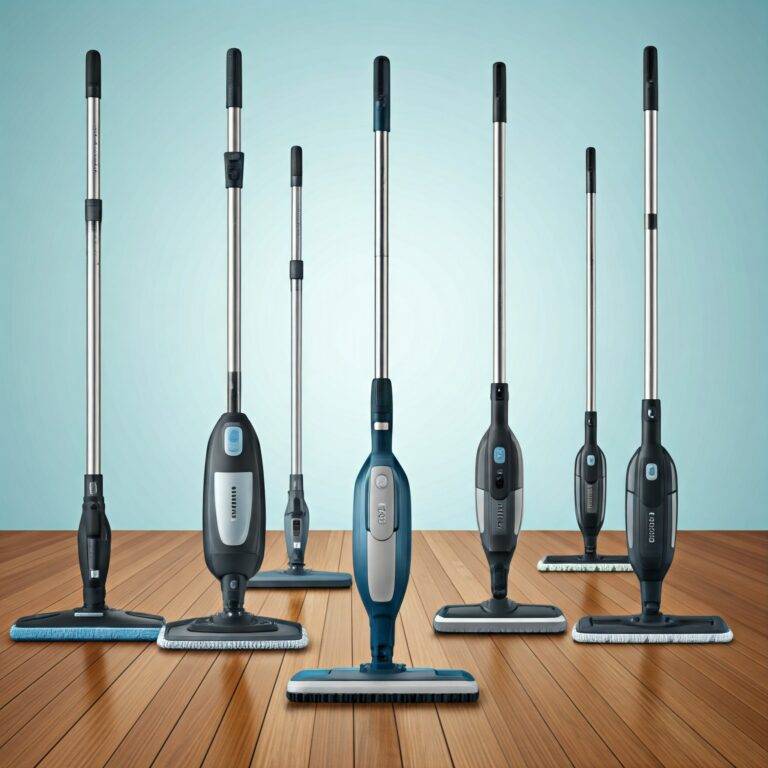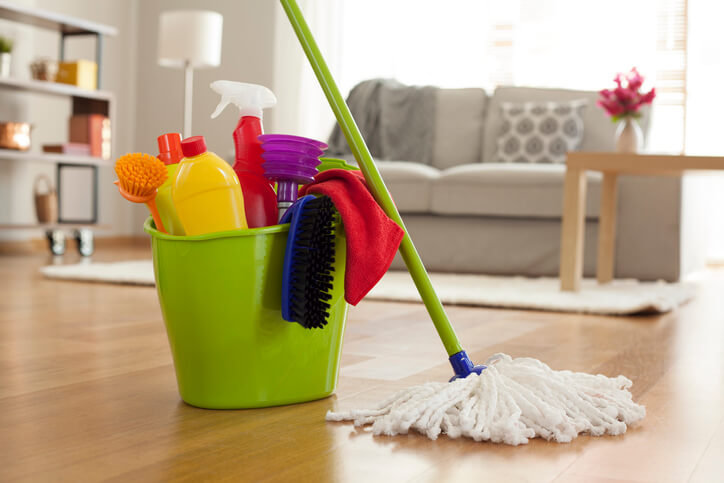Welcome to the Ultimate Guide to Ceramic Tile Cleaner! Whether you’re a homeowner seeking to maintain your beautiful tiles or a cleaning enthusiast looking for expert advice, this guide is designed to empower you with essential cleaning tips for ceramic tile. Ceramic tiles are not only aesthetically pleasing but also practical, being stain-resistant, water-resistant, and scratch-resistant, ensuring they look great for years to come1. In this guide, you’ll find insights on selecting the right ceramic tile cleaner, effective cleaning techniques, and advice on addressing common challenges. From understanding the materials to implementing best practices, you can keep your tiles sparkling clean and enhance their longevity by following our comprehensive instructions. Let’s dive into the world of ceramic tiles, where beauty meets durability!
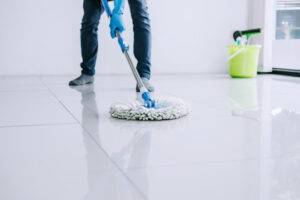
Understanding Ceramic Tiles
Ceramic tiles are a popular choice among homeowners for their versatility and durability, ideal for spaces like kitchens and bathrooms. These tiles are made from natural clay and minerals that are fired at high temperatures, resulting in ceramic tile characteristics that contribute to their low-maintenance appeal2. They come in various types of ceramic tiles, including porcelain, known for being denser and more water-resistant than non-porcelain options. Non-porcelain ceramic tiles often showcase vibrant colors and intricate patterns, enhancing aesthetic appeal in any home design3.
The surface finish of ceramic tiles varies, with glossy, matte, and textured options available to create distinctive looks. Regular maintenance of ceramic tile floors involves simple tasks like sweeping and damp mopping to eliminate dirt before it embeds in the grout2. Using pH-neutral cleaners is essential to preserve the tile’s finish and integrity, as harsh chemicals can erode the protective glaze over time4. For those looking for cost-effective solutions, homemade cleaning options like a mixture of vinegar and baking soda can be effective3. To maintain an elegant appearance, placing mats at entryways can significantly reduce dirt accumulation on tiles, further simplifying routine cleaning3.
Importance of Keeping Tiles Clean
Maintaining tile hygiene is vital for both the appearance and longevity of ceramic tiles. Regular cleaning removes dirt, preventing it from etching the tile surfaces and causing irreversible damage. Clean tiles enhance the overall aesthetic of a space, serving as a focal point in your home while also ensuring that dirt and allergens are kept at bay. Neglected tiles may harbor harmful bacteria and fungi, especially in areas like bathrooms and kitchens, where moisture accumulates56.
Hiring a professional cleaning service can effectively maintain the appearance and beauty of tile floors, often surpassing the results of normal mopping routines. This expert intervention is vital for keeping your tiles looking pristine and protecting the grout, which can trap bacteria and moisture5. Using harsh cleaning methods can weaken the grout and lead to expensive repairs7. Cleaning tile floors at least once a week with a neutral pH cleaner is recommended to preserve the quality and shine of ceramic tiles7.
Failing to clean tiles can lead to slippery surfaces, posing safety hazards and increasing the risk of accidents. Promptly addressing spills and stains can prevent permanent damage, maintaining the durability of your tile floors7. Professional cleaners are equipped with the right tools and products to ensure effective cleaning without harming your tiles or grout5. For tips on cleaning tile floors effectively, consider checking out this resource on the benefits of clean tiles here.
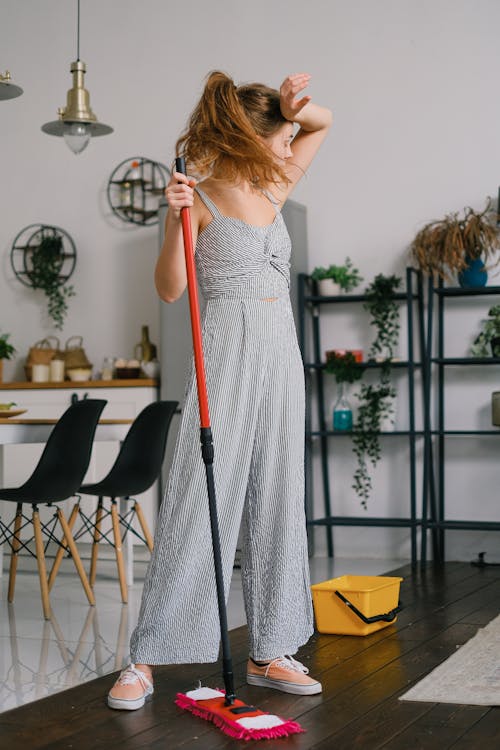
Choosing the Right Ceramic Tile Cleaner
Selecting the right ceramic tile cleaner requires an understanding of the various types of tile cleaners available in the market. These cleaners differ in formulation and suitability for specific tile materials, making it crucial to choose wisely for effective results. pH-neutral cleaners are highly recommended since they are gentle enough for all tile surfaces and minimize the risk of damage. Research indicates that 68% of consumers prefer tile and grout cleaners with a neutral pH balance to ensure safe cleaning8.
Consideration should also be given to the presence of harsh chemicals in the cleaners. Products like Bona Multi-Surface Floor Cleaner and Weiman Stone & Tile Cleaner are popular for providing safe, effective cleaning solutions without leaving sticky residues. The variety of packaging sizes and formulas, such as sprays, gels, and liquids, empower consumers to make informed choices9.
In terms of effectiveness, it is important to review user feedback and product ratings on various cleaners. For instance, the Better Life Floor Cleaner is noted for its versatility across different tile types and comes in varying sizes for convenience. Observations indicate that tile and grout cleaners priced under $10 account for 40% of all sales in this category, highlighting a consumer preference for economical options10.
When selecting tile cleaning products, pay attention to ease of use and scent preferences as these factors influence the overall cleaning experience. Many consumers appreciate cleaners that are eco-friendly or formulated with plant-based ingredients. By analyzing features such as price, user ratings, and cleaning capabilities, you can make an informed decision that complements your specific cleaning needs while ensuring optimal maintenance of your ceramic tiles.
How to Read Labels on Cleaners
Understanding cleaner labels is crucial for selecting the safest and most effective products for your ceramic tiles. Many labels display essential information regarding cleaning product ingredients, pH levels, and recommended surfaces for use. Notably, OSHA highlights the dangers of mixing cleaners, specifically bleach and ammonia, which can result in severe lung damage or even death11. Parents and pet owners should particularly avoid products containing harsh chemicals to ensure a safe home environment.
When perusing a label, important sections include Directions, Ingredients, Storage, Disposal, Caution, First Aid, and Contact information. Following these guidelines is vital for safe and effective product use11. Many cleaning products may lack comprehensive labels due to state regulations, with California being notable for its strict guidelines11. Furthermore, some states require the use of QR codes to provide more information online regarding cleaning product contents.
While browsing cleaning products, consumers should be aware that over 2,000 products contain nonylphenol ethoxylates, an ingredient linked to environmental harm12. Additionally, essential oils, often labeled as safe, may irritate skin or cause allergic reactions12. Terms like “biodegradable” can mislead consumers, as this designation is not strictly regulated, with some ingredients persisting in the environment12. This lack of transparency makes understanding cleaner labels even more critical before making a purchase.
Make informed decisions by knowing how to read labels effectively. This knowledge helps save time, money, and effort while reducing the risk of improper use11. In doing so, you ensure a cleaner, safer space for everyone in your home.
Best Practices for Cleaning Ceramic Tiles
Maintaining the beauty of ceramic tiles involves employing effective cleaning techniques for ceramic tiles. Start with regular sweeping or vacuuming to eliminate loose dirt and debris. This simple step helps prevent scratches on the tile surface over time, as dirt can contribute to wear and tear13.
Use a damp mop combined with a suitable ceramic tile cleaner. Excessive water can seep into grout lines, leading to potential damage. For optimal results, apply cleaners evenly and allow them to sit for a few minutes, which enhances the removal of stains and grime. A mild detergent mixed with warm water is effective, but remember to avoid over-soaping to prevent a filmy residue13.
For tougher stains, consider a solution of half a cup of vinegar diluted in one gallon of water, which is highly effective for cleaning ceramic tiles13. Should you encounter any filmy buildup, a non-abrasive all-purpose cleaner can efficiently remove it. As part of your tile care tips, utilize a dry mop or towel after cleaning to ensure that no residues are left behind, preserving both shine and safety by reducing slipping hazards.
Keep grout lines clean with regular maintenance. Using a commercial grout cleaner or a mild bleach solution helps address stubborn stains effectively1314. Combine hydrogen peroxide or a gentle bleach solution for managing tougher tile stains, and consider a baking soda paste left overnight for persistent grout problems13.
To ensure the longevity of your tiles, remember that sealing ceramic tiles requires thorough cleaning beforehand. Utilize soapy water, a baking soda paste, or a diluted vinegar solution prior to sealant application15. By following these best practices, you’ll not only enhance the appearance of your tiles but also extend their lifespan.
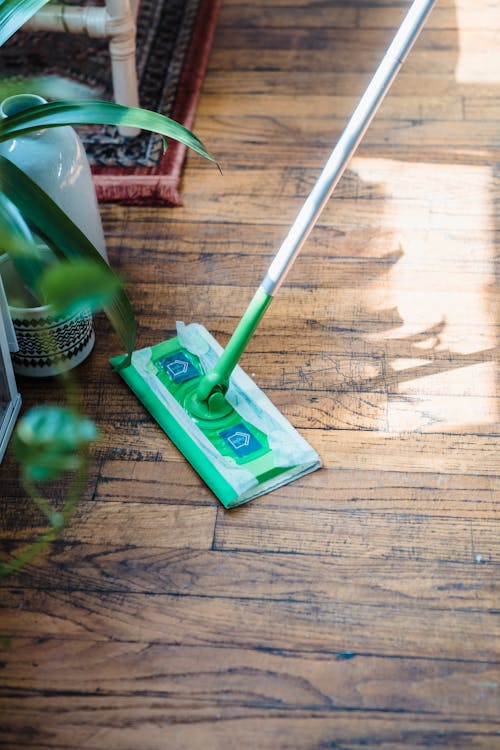
Homemade Ceramic Tile Cleaner Recipes
Using homemade ceramic tile cleaners offers an effective and eco-friendly alternative to commercial products. A simple yet powerful solution can be created by combining 1/4 cup of white distilled vinegar, 1/4 cup of washing soda, and 1 teaspoon of liquid dish soap in 2 gallons of very warm water. This DIY tile cleaning solution not only cleans effectively but is also highly rated, receiving 5 out of 5 stars online for its effectiveness16.
Natural tile cleaners can be made from everyday ingredients, ensuring your cleaning routine is safe for your family and pets. Cleaning experts unanimously recommend homemade cleaners due to their simplicity and safety, noting that this specific recipe has been trusted for around 30 years17. When addressing severe cleaning concerns, it’s advised to let the cleaner sit for up to 30 minutes or even overnight for tougher stains.
While this cleaner works well on tiles and certain appliances, care should be exercised using it on natural stone surfaces like granite or marble as vinegar may strip protective sealants. For optimal results, consistent cleaning once a week is suggested to prevent grime buildup that requires scrubbing17. Create a pleasant cleaning experience while enjoying the benefits of effective, natural tile cleaners that are easy to make at home.
Addressing Tough Stains
Removing tough stains from ceramic tiles involves using specific stain treatment methods tailored to the type of stain. For instance, grease, wine, or crayon marks can prove to be particularly challenging. A preferred approach for red crayon and dark soda stains is to utilize pH-neutral cleaners like Bona, which require minimal effort for effective removal. If you encounter tougher stains, consider making a paste of baking soda and water; apply it to the stain and allow it to sit before scrubbing gently with a non-abrasive sponge.
Deeply ingrained stains may necessitate specialized stain removers formulated for ceramic surfaces. It’s important to remember that porcelain tile, while durable and technically impervious, can still stain due to microscopic pores created during manufacturing18. Some deep stains may require poultice treatment, a method commonly used on natural stone18. When tackling these tough spots, avoid acidic substances, as they can worsen the issue rather than resolve it18.
To further protect your tiles, applying a sealer can help prevent stains from penetrating the surface. Selecting the correct cleaner is essential since using the wrong products can leave residues that might seep into the tile18. For DIY stain treatment methods, combining ¼ cup of white vinegar, one tablespoon of liquid dish soap, and ¼ cup of baking soda with two gallons of hot water has proven effective, though this mixture should be avoided on natural stones like marble19. Experimenting with blends of hydrogen peroxide, baking soda, and liquid soap can offer powerful results as well19.
Regular maintenance cleaning with a mixture of equal parts water, white vinegar, and rubbing alcohol can help combat future stains, providing both power and prevention19. To elevate the cleaning process, consider employing a steam cleaner, which efficiently sanitizes tiles without the need for harsh chemicals19. Incorporating these techniques will facilitate easier and more effective stain removal, preserving the beauty of your ceramic tiles.
Dealing with Grout
Cleaning grout can pose challenges due to its porous nature, which tends to trap dirt and stains. A recommended solution involves creating a paste with baking soda and hydrogen peroxide, which effectively cleans grout lines. Regular grout maintenance is essential for preserving the integrity of tile surfaces. In busy areas like the kitchen and primary bathroom, weekly cleaning may be necessary for tile and grout maintenance20. For most types of tile, including porcelain and ceramic, warm water and dish soap can suffice for cleaning purposes. This makes it easier to maintain a pristine look without the need for harsh chemicals.
Sealing grout at least once or twice a year is advisable to prevent mold, grime, and grit buildup20. Additionally, scrubbing grout lines with a toothbrush or a soft-bristle brush can enhance cleanliness and longevity. The grout pen method received a low effectiveness rating of 1/5 for covering stains, yet it fails at removing grease or dirt21. Conversely, heavy-duty chemical cleaners such as vinegar and lemon juice are not recommended for tile and grout as they are too acidic.
Using a steam cleaner can yield varying results; it scored 3/5 for deep cleaning but 5/5 for light, routine cleaning21. For those seeking a natural approach, a DIY grout cleaner method earned a rating of 4/5 for stain removal, although it does require more effort21. Overall, carving out time for proper grout maintenance and cleaning grout will help keep your tiles looking fresh and inviting.
Weekly Maintenance Tips
Establishing a tile cleaning routine significantly enhances the longevity and appearance of your ceramic tiles. Begin this routine by sweeping or vacuuming the floors daily to remove dirt and debris, which helps prevent scratches on the surface22. A damp mop with a pH-neutral cleaner should be used several times a week, or daily as necessary, to ensure cleanliness22. It is recommended to thoroughly mop ceramic tile at least once a week for optimal maintenance22.
Cleaning tile grout is also vital; it should be addressed once a week or as needed to prevent buildup of dirt and stains22. Immediate attention to spills is essential to avoid them setting into the tile or grout, maintaining the overall aesthetic and hygiene of the space. Using mats in high-traffic areas can significantly reduce the amount of dirt tracked onto tiles23; rotating these mats helps ensure even wear.
For bathrooms, it is effective to clean the ceramic tile weekly and kitchen tiles biweekly for best results23. If stubborn stains occur, utilizing a stain remover can be beneficial. For optimal maintenance, applying a grout sealer every six months to a year is advisable to prevent staining and moisture damage22. Following these steps will support maintaining ceramic tile in prime condition.
Top Recommendations for Ceramic Tile Cleaners
When searching for the best ceramic tile cleaners, several products stand out based on effectiveness and user reviews. Bona Multi-Surface Floor Cleaner Spray is a top choice, effectively tackling tough stains like red crayon and dark soda with just a few sprays and a single wipe, all while being priced at approximately .54 cents per ounce24. Lysol Multi-Surface Cleaner is another popular option. It not only disinfects but is also reasonably priced, coming in a 40 fluid ounces package. Users will find it effective against common household stains24. For those who appreciate a pleasant scent, Quick Shine’s Multi-Surface Floor Cleaner shines, available in a 24 fluid ounces package. This cleaner is recognized for its fresh aroma and effectiveness in removing tough messes, including tomato paste, while being EPA approved for safety around children and pets24.
Understanding the right product for your needs is important. Each cleaner offers unique benefits, such as pH-neutral formulas or natural cleaning capabilities. With the variety of the best ceramic tile cleaners available, product reviews can help guide your choice, ensuring the cleaner you select aligns with both performance and safety considerations25.
Conclusion: Keeping Your Ceramic Tiles Pristine
Maintaining the beauty of ceramic tiles hinges on consistent care and attention. Regular mopping of ceramic tiled floors at least once a week with very hot water is recommended for upkeep, while quick cleanup of food or drink spillages is crucial to prevent stains from settling on surfaces26. By following these ceramic tile cleaning tips, homeowners can create a welcoming atmosphere in their living spaces.
In addition, addressing tough stains promptly can be managed by utilizing mixtures such as vinegar and water or a solution of bleach and baking soda for bathroom tiles26. It may also be beneficial to consider purchasing ceramic tiles with built-in antimicrobial protection from brands like Panariagroup and JCS Keramin to further enhance maintaining tile beauty and combat stubborn stains26.
Creating a well-ventilated environment helps reduce humidity, which in turn inhibits bacterial growth, resulting in longer-lasting tiles.
Ultimately, a combination of regular maintenance routines, such as appropriate cleaning and sealing for porous tiles, will keep your ceramic tiles looking their best27. Emphasizing proactive measures, like immediate attention to spills, will prevent dirt accumulation and mold growth, ensuring that your tiles remain a stunning and inviting feature of your home28.
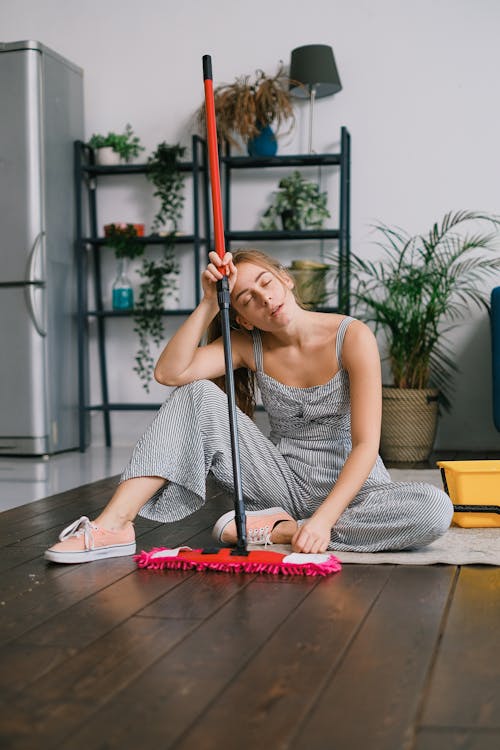
FAQ
Q: What is the best way to clean ceramic tiles?
A: The best way to clean ceramic tiles is to regularly sweep or vacuum, followed by mopping with a damp mop and a suitable ceramic tile cleaner. Avoid excessive water to prevent damage to the grout.
Q: Can I use vinegar on ceramic tiles?
A: Yes, vinegar can be used on ceramic tiles as a natural cleaner. However, it is important to dilute it with water and always test on a small area first to ensure it doesn’t affect the finish.
Q: How often should I clean my ceramic tiles to maintain their appearance?
A: You should clean your ceramic tiles at least once a week to prevent dirt buildup. For high-traffic areas, consider more frequent cleanings to keep tiles looking their best.
Q: Are homemade cleaners effective for ceramic tiles?
A: Yes, homemade cleaners can be very effective. A simple mix of vinegar, water, and a few drops of dish soap works well for routine cleaning, while a baking soda paste can tackle tougher stains.
Q: What should I avoid when cleaning ceramic tiles?
A: Avoid using abrasive cleaners or materials, as they can scratch the surface. Additionally, steer clear of harsh chemicals like ammonia that might damage the tile or grout.
Q: How can I remove stubborn stains from ceramic tiles?
A: For stubborn stains, use pH-neutral cleaners such as Bona or a paste made from baking soda and water. Allow the paste to sit for a few minutes before scrubbing gently with a non-abrasive sponge.
Q: Is it necessary to seal grout lines?
A: Yes, sealing grout lines is important as it helps prevent staining and moisture buildup, keeping your tiles looking cleaner and more vibrant over time.
Q: Can I use a steam cleaner on ceramic tiles?
A: Yes, steam cleaners can be used on ceramic tiles, but it’s important to follow the manufacturer’s guidelines and ensure that the grout is sealed properly to avoid damage.
Q: What are the common types of ceramic tile cleaners?
A: Common types of ceramic tile cleaners include pH-neutral cleaners, streak-free options, and specialized products designed for grout and stubborn stains. Popular brands include Bona and Lysol.
Q: How do I prevent slipping on ceramic tiles?
A: To prevent slipping on ceramic tiles, ensure they are cleaned properly to avoid residue build-up. Additionally, using non-slip mats in high-traffic areas can significantly reduce slip hazards.

